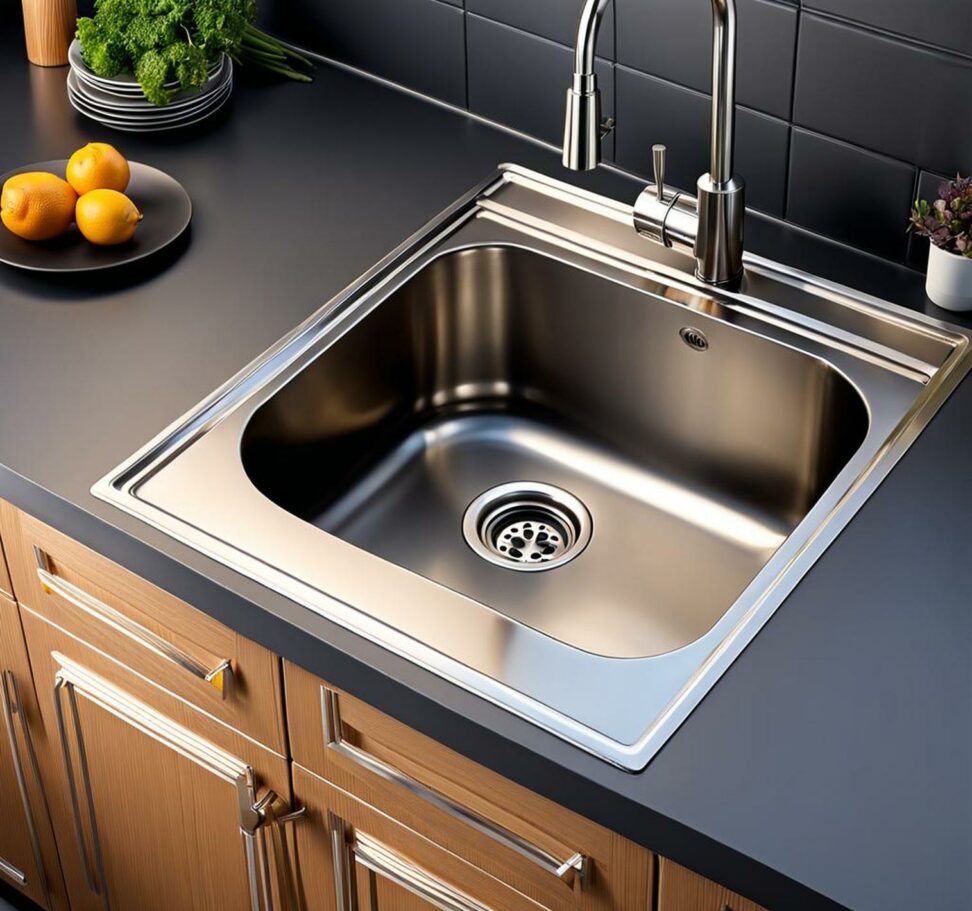Kitchen Sink Drain Running Slow? Do This Now
Is your kitchen sink draining at a snail's pace? Few things are more annoying than standing over a full sink, hoping the water goes down while you've got dinner to make. But don't worry - with some diligent unclogging, you can get your sink drain back up to speed in no time.
Before you pull out the heavy artillery, take a few minutes to identify the clog source. Run the hot water for a couple minutes to see if it clears any debris buildup. If not, it's time to roll up your sleeves.
Determine the Source of the Clog
Finding the clog location is key to clearing it properly. Start by removing the sink drain cover and visually inspect the inside of the pipe. Look for globs of hair, grease, or pieces of food causing a bottleneck. Check if tree roots have grown into the line from outside. Inspect the pipe itself for cracks or heavy corrosion indicating a collapsed drain line.
Run Hot Water for a Few Minutes
Letting hot water pour down the drain for a few minutes can help dissolve grease clogs before they harden and accumulate. If the water still drains slowly after, try the following homemade solutions targeting common clog culprits.

Visually Inspect the Drain
Take off the drain cover if possible and peer inside with a flashlight. You may see wads of hair, grease, soap residue causing the slow flow. If the pipe shows cracks or missing pieces, the line itself is damaged and requires replacement.
Attempt Home Drain Cleaning Solutions
Before calling a plumber, try these DIY methods for clearing slight to moderate sink clogs yourself:
- Plunging - Creates pressure to dislodge clogs
- Baking soda and vinegar - Chemical reaction breaks down gunk
- Drain snakes - Grabs and pulls up debris
Use a Plunger
Plunging uses forceful pressure to dislodge clogs. First, fill the sink halfway with water. Submerge the plunger fully then pump vigorously 15-20 times, twisting a bit with each push to grind through the blockage. Repeat a few times until the sink begins draining. Use a heavy-duty plunger if water starts overflowing.
Baking Soda and Vinegar
For organic gunk like hair, grease, or food, try an DIY drain cleaner. Pour 1/2 cup baking soda down the sink, follow with 1/2 cup heated white vinegar. The mixture will fizz and foam for 5-10 minutes, working to dissolve solids. Let it sit for a few hours when possible then rinse with hot water.
Remove and Clean Drain Pipes
If your sink still seems sluggish, the clog may be further down the line. Removing and scrubbing the curved p-trap and slip joint areas often does the trick.
Detach P-Trap Under Sink
The p-trap is the u-shaped pipe underneath kitchen and bathroom sinks, trapping small debris before it enters the main line. Unscrew the slip nuts on both sides with pliers. Pull down the p-trap carefully avoiding spills. Check for clogs and clean thoroughly then reattach it securely to the wall.
Check Condition of Pipes
Inspect the exposed pipes for cracks, gaps, or corrosion as you detach sections. These indicate damaged areas requiring replacement parts. Leaking joints also need tightening or new seals.
When to Call a Professional Plumber
If DIY efforts fail to improve drainage, it's probably time to call a pro. Severe clogs requiring mechanical drain cleaners, replacement parts, pipe repairs, or treatment for tree root invasion all require a practiced plumber's expertise.
Adjust a few kitchen habits to keep drains clear long-term:
- Scrape plates instead of rinsing food down
- Collect grease in cans instead of the sink
- Use mesh drain catchers to grab debris
- Pour 1/2 cup baking soda + vinegar monthly
Avoiding disposal clogs today prevents slow drains tomorrow. With some periodic TLC, your sink will keep flowing freely for years.